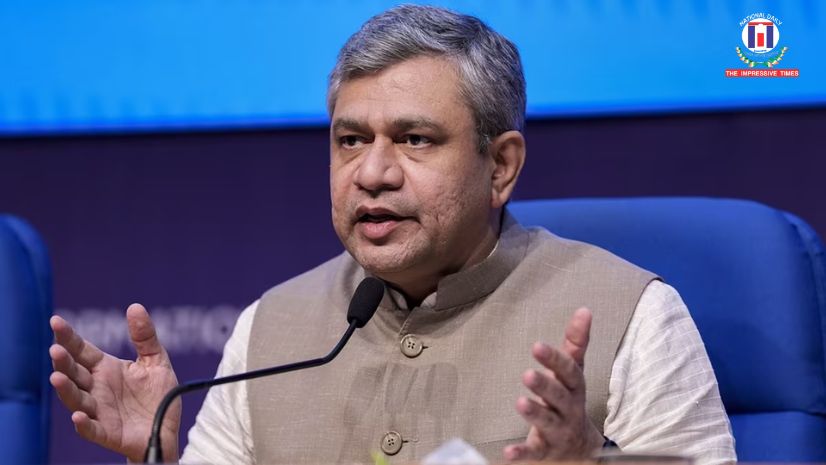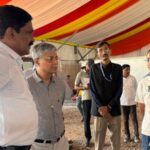
New Delhi, May 28, 2025 — The Cabinet Committee on Economic Affairs, chaired by Prime Minister Narendra Modi, has given the green light to two significant multitracking projects under Indian Railways. These projects aim to enhance line capacity, ensuring faster and more efficient transportation of passengers and freight, while supporting sustainable rail operations.
The approved projects include:
Ratlam-Nagda 3rd and 4th line
Wardha-Balharshah 4th line
Together, these initiatives, with an estimated cost of approximately Rs 3,399 crore, are slated for completion by the fiscal year 2029-30. They form a key part of the PM Gati Shakti National Master Plan for multi-modal connectivity, which emphasizes integrated planning for seamless movement of people, goods, and services.
Spanning four districts across Maharashtra and Madhya Pradesh, the projects will add around 176 kilometers to the existing Indian Railways network. The improved connectivity will benefit approximately 784 villages with a combined population of nearly 19.74 lakh.
These routes are vital corridors for transporting essential commodities such as coal, cement, clinker, gypsum, fly ash, containers, agricultural products, and petroleum goods. The capacity expansion is expected to facilitate an additional freight movement of 18.40 million tonnes per annum (MTPA).
By promoting rail transport—a cleaner, energy-efficient alternative to roadways—the projects will support India’s climate goals. They are projected to reduce oil imports by 20 crore liters and cut carbon dioxide emissions by 99 crore kilograms, equivalent to planting around 4 crore trees.
The construction phase of these projects is also set to generate direct employment opportunities amounting to approximately 74 lakh human-days, contributing significantly to regional economic growth.
These multitracking upgrades will enhance travel convenience by reducing congestion and delays, while lowering logistics costs. Improved rail capacity will also optimize supply chains for key goods, driving accelerated industrial and agricultural growth in the region.
Furthermore, the increased line capacity will lead to better operational efficiency and improved reliability of train services across these critical routes, helping Indian Railways meet growing passenger and freight demand.
Aligned with Prime Minister Modi’s vision of a New India, these projects aim to foster self-reliance (“Atmanirbhar Bharat”) by boosting infrastructure development and generating employment and entrepreneurial opportunities in the affected areas.
In summary, these multitracking projects represent a vital investment in India’s railway infrastructure, promising sustainable growth, enhanced connectivity, and environmental benefits that will bolster the country’s economic progress in the years ahead












No Comments: